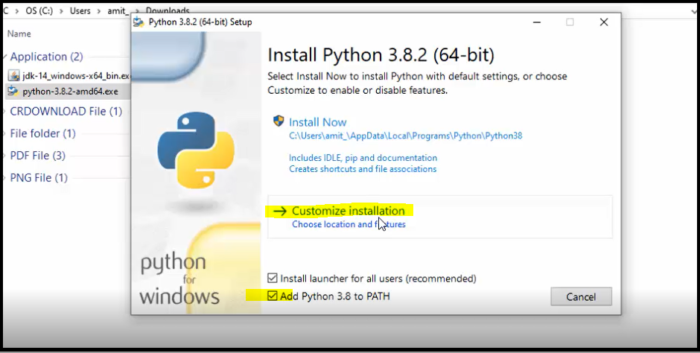

It's a lot more work than it first appears to be and likely requires someone who understands all of it to complete a comprehensive sticky, but some of that work might have already been done by third-parties. You’ll likely see multiple versions that you can choose to install: Select Python 3. sudo tar zxf Python-3.8.0.tgz cd Python-3.8. Step 1: Open the Python App Page in the Microsoft Store Open the Microsoft Store app and search for Python. Install Python 3.8 Now we will extract and install Python from the source. wget Read Also: How to install postgresql 11 on Debian 8 / 9 4. Everything in the book should still work as its written, except you might need to install a specific version. What "Thonny" will use, as well as setting Thonny to use a particular version may also be another. You can download Python from the official website or use the following command. Python 3.8 was released on October 14, 2019.

How to keep everything updated is likely another.

How external libraries for latest or other versions can and should be be obtained, how "pip3" ( and perhaps "pip" ) should be used, is another.Īll that will have to cater for sudo, non-sudo and 'env' use. What "python3" ( and "python" in the looming future ) will run as well as explaining how to run latest or other versions is another. You can install Python 3.8 and Python 3.9, including packages built for either version, in parallel with Python 3.6 on the same system, with the exception. Probably, but as that's a Python or Linux issue, not a specific Pi issue, it would probably need the RPF or a third-party to create that rather than expecting the RPT to do it.Įxplaining how to install the latest and various versions of Python is indeed one thing. I think it would be helpful if there was a sticky thread that gave instructions on how you can load and maintain the current version.


 0 kommentar(er)
0 kommentar(er)
